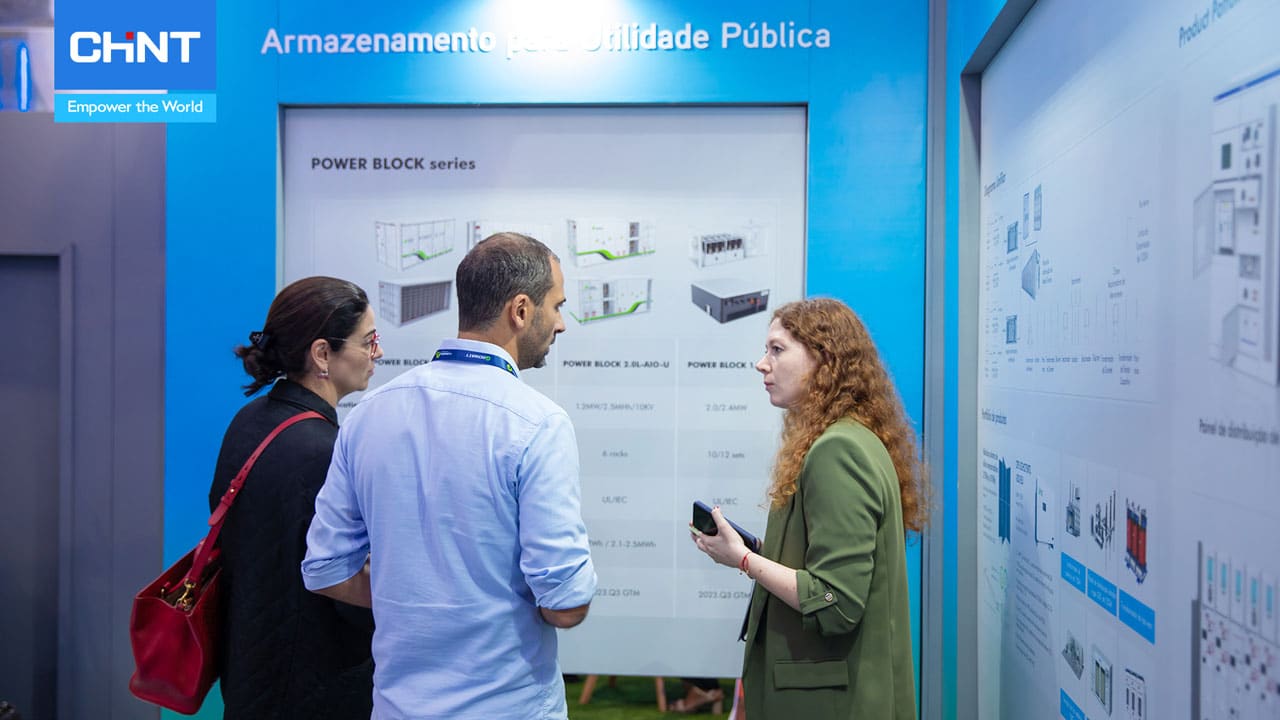Table of Contents |
Circuit breakers are a crucial component in effectively managing many different types of electrical systems. More specifically, medium voltage (MV) circuit breakers are ideal for managing voltages in the approximate range of 10KV to 35KV. These breakers can be installed to function manually or electronically, depending on the specific needs of the individual circuit that it’s controlling.
What is the Function of a Medium Voltage Breaker?
All circuit breakers are designed with two main purposes. The first is to actively control the power going to a specific electrical circuit. The second is protecting equipment attached to the circuit from damage. During its role as interrupting and isolating electrical circuits, the MV circuit breaker is perfect for protecting against overcurrent or short circuit conditions. The circuit breaker will have set threshold limits for voltage that may travel through it.
Whenever the existing current reaches above the set threshold, the breaker will interrupt the power leaving the circuit. This helps to ensure that any equipment and other items attached to the circuit don’t receive an overload of power that could damage their internal components and even create a real fire hazard.
These specific circuit breakers come with either automatic or manual operation. With manual MV circuit breakers, there will be a visible operating handle on the breaker’s body. This allows for a manual operator to easily engage the closing spring to interrupt the power going to the circuit. Manual circuit breakers are only available for circuits that operate on voltages below 600.
When it comes to automatic medium voltage circuit breakers, they’re operated via an electrical response. This response can be created from a solenoid or an energy-storing method. Regardless of how the automatic response is triggered, it ultimately interrupts the power going to the circuit to prevent damage from overloads and short-circuiting.
Benefits of MV Circuit Breaker
The main benefit of using an MV circuit breaker is that it protects your circuit and the equipment attached to it from electrical overload. This type of breaker can ensure that your equipment remains safe around the clock. These breakers are super simple to use and easy to install. They’re extremely reliable and mostly affordable.
When you’re using these circuit breakers, you can help to reduce stress on other electrical components. Additionally, you’ll experience much less downtime thanks to fewer electrical faults. This can lead to more cost savings and productivity for you and your customers.
Where is the MV Circuit Breaker Used?
Due to their extreme versatility and affordability, medium voltage circuit breakers are widely used in numerous industries. Some of the most well-known include all of the following:
- Distribution Substations
- Airports
- Datacenters
- Nuclear Power Plants
- Industrial Factories
- Power Generation Stations
- Commercial and Industrial Buildings
- Urban Infrastructure
Each type of location will determine the type of medium voltage circuit breaker that you’ll need to use to successfully get the job done. There are currently four main types of these circuit breakers that you should make yourself familiar with. These include air, vacuum, oil, and SF6 gas circuit breakers.
Air circuit breakers are most commonly found in industrial applications where low, upfront costs and a long lifespan are highly desired. Affixed with blower coils and puffer tubes, this type of breaker uses air from the environment to extinguish the power arc during a magnetic blast.
Vacuum circuit breakers are the most common medium voltage device you’ll find due to their great reliability and compact size. Because the contacts for this type of breaker are housed within a vacuum-sealed bottle, they’re less prone to corrosion. This gives them a very long lifespan and makes maintenance hassle-free. Due to their atmospheric confinement, vacuum circuit breakers operate at a virtually quiet sound level.
Oil circuit breakers are created in an oil-filled tank and are typically used in outdoor settings. The oil acts as an insulator and an arc-stopping mechanism. Lastly, the SF6 circuit breaker uses pressurized sulfur hexafluoride to stop arcing. This type of circuit breaker is most commonly found in applications where gas circuit breakers are necessary.
You may be interested in this blogpost
Ultimate Guide To LV/MV/HV Switchgear
How Do I Choose an MV Circuit Breaker?
There are many different types of medium voltage circuit breakers on the market today. Narrowing on the best one to fit your unique application starts with assessing a few key characteristics. These include the interrupting rate, voltage rating, and protection type required.
You’ll want to start by assessing the voltage rating that you need for the equipment that will be connected to the circuit that you’ll have the breaker installed on. You want to choose a medium voltage circuit breaker that can effectively handle the voltage requirements on the line.
Next, assessing the interrupting rate is a must. This is the threshold that tells the breaker when it’s time to shut off the power going to the circuit because there’s a fault. When deciding on the right interrupting threshold, be sure to take into account the response time of the breaker.
Some medium voltage circuit breakers can interrupt the line’s power quicker than others. The sooner the interruption can happen when a fault is detected, the safer your equipment on that line will be.
Lastly, you’ll also want to consider the type of protection that you need. Will this be for indoor or outdoor applications? Choosing the right type of protection for your circuit breaker will be the key to its long-lasting effectiveness.
Conclusion
When it comes to enhancing operational efficiency while ensuring electrical safety, medium voltage circuit breakers are the key. Be sure to check out Chint Global’s vast array of quality MV circuit breakers as well as other electrical supplies today.





.png)








